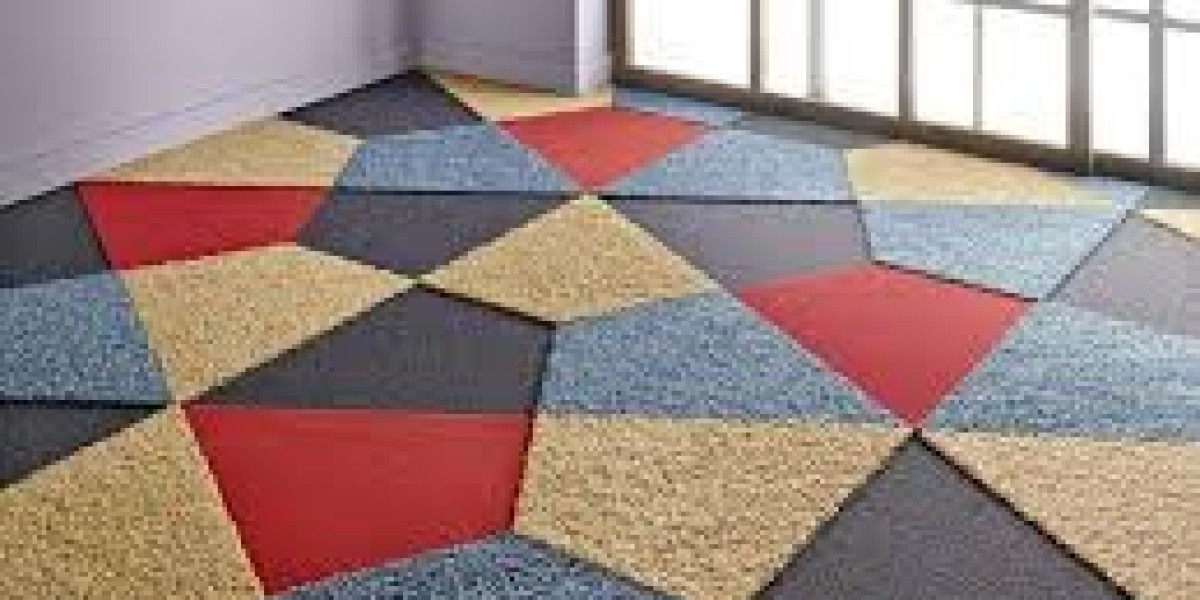Introduction
Textile flooring is a type of flooring made from fabrics like cotton, wool, polypropylene, and polyester. It is a sustainable and environmentally-friendly alternative to traditional hard flooring materials like wood, tile, laminate, and vinyl. Textile flooring
comes in various styles such as area rugs, broadloom carpets, and carpet tiles. Each flooring type offers unique benefits for any room in the home.
Area Rugs for Accent and Style
Area rugs are versatile flooring pieces that are easy to install and move around. They are perfect for adding style, color, and texture to specific areas within a room without fully covering the floor. Area rugs come in all shapes, sizes, colors, and materials to complement any decor. Wool and cotton area rugs are especially durable and attractive options. Jute and sisal area rugs have natural textures that provide a nice contrast to smooth hardwood or tile floors. Runners and long, narrow rugs allow customizing hallway and entryway spaces. Accent rugs can tie a room's design together and define different use areas. Their portable nature means they can be easily swapped in and out to change a room's look for each season.
Carpets for Full-Floor Coverage
Broadloom carpets and carpet tiles are flooring options for fully covering large floor spaces. Broadloom carpets are manufactured in wide rolls intended to carpet an entire room or area without seams. They are installed directly onto floors with carpet pad for cushioning and sound insulation. Broadloom offers seamless coverage with thousands of fiber options for any color palette or design preference. Carpet tiles are square or rectangular modules that interlock together for covering floors modularly. Their modular nature makes them simple to install, replace individual tiles as needed, and rearrange layouts. Both broadloom and carpet tiles muffle noise within rooms and between levels of a home. They offer a cozy, soft alternative to hard flooring everywhere from bedrooms to living rooms.
Textile Flooring Durability
Contrary to common perception, flooring can be incredibly durable when made from quality fibers and properly maintained. Nylon is one of the most damage-resistant materials for carpets, with excellent stain and wear properties. Polypropylene is another highly durable synthetic fiber that holds up well to foot traffic. Wool carpets are also quite hardy due to wool's moisture-wicking and crush-resistant qualities. Ensuring carpets are routinely vacuumed, promptly attended to when spills occur, and periodically professionally cleaned helps maximize their lifespan. Choosing carpets with soil-hiding properties and from reputable manufacturers ensures colors stay vibrant longer. With proper care, flooring should last 10-15 years or more before needing replacement.
Environmental and Wellness Benefits
Textile flooring has gained popularity for its green advantages compared to synthetic flooring materials. Carpets and rugs can be made from natural and renewable resources like wool, cotton, sisal, and jute. They also have a long lifespan before needing to be replaced, keeping more material out of landfills. Wool production helps regenerate grasslands and sequester carbon from the atmosphere. Many flooring fibers are also reusable and recyclable at end of life. Carpets absorb noise within homes for a quieter indoor environment. They also feel warmer underfoot than hard surfaces, improving comfort. The natural fibers used in carpets maintain indoor air quality by trapping airborne pollutants and odors. These wellness features make flooring a healthier choice over plastic-based flooring.
Style and Personalization
Beyond practical benefits, flooring allows more room for creativity and personal expression than typical flooring materials. Endless color, style, and pattern options mean finding exactly the look desired for any room. Carpets and rugs come in all sorts of prints from floral to geometric to abstract themes. Fiber textures range from plush piles to cut piles to flat-weaves. Mixing and layering area rugs gives freedom to customize floor designs. Custom made-to-order carpets offer designing unique flooring masterpieces. The soft, cozy feel underfoot that flooring provides makes any space feel more welcoming and comfortable. Their versatility enhances decorating possibilities over permanent flooring types.
Installation and Maintenance Tips
Proper installation ensures flooring performs as intended. Carpets require quality cushioned underlay for adequate support, noise insulation, and longevity. Professional installation is recommended, especially for large broadloom spaces. Carpet pads should also have cushioning appropriate for the fiber type and traffic expected. For area rugs, using non-slip backing or rug pads prevents slipping accidents. Regular vacuuming is vital to remove surface dirt before it works deeper into fibers. Spills should be blotted quickly and professionally extracted if needed. Deep cleans every 12-18 months freshen carpets and maintain appearance. With correct installation practices and routine maintenance, flooring provides years of attractive, durable service for any home.
In conclusion, textile flooring presents a sustainable, customizable, and comfortable flooring solution for all rooms. Advances in fibers now make carpets very hardwearing options compared to traditional perceptions. Their wide variety of styles allows personalizing any interior space. Underfoot softness and warmth enhance livability in any home. With proper care, textile floors can be enjoyed for many years to come while supporting eco-friendly material choices. Their versatility makes them a top choice for flooring that fits many modern design and wellness priorities.









